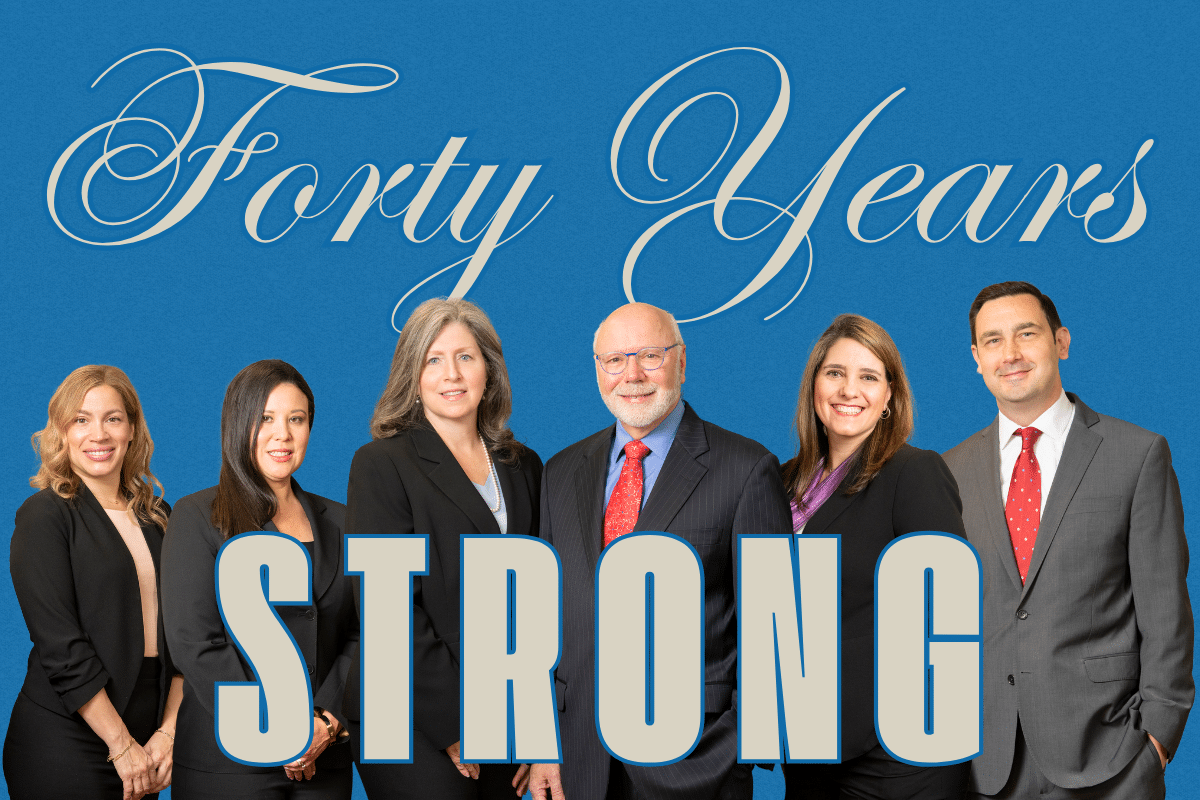On October 1st, 2025, Russo Law Group will mark a significant milestone: 40 years of…
 Nearly one in every seven of U.S. seniors aged 65 or older will likely require some form of long-term care later in life. In fact, almost a fifth of them will need long-term care services for upwards of five years.
Nearly one in every seven of U.S. seniors aged 65 or older will likely require some form of long-term care later in life. In fact, almost a fifth of them will need long-term care services for upwards of five years.
Most long-term care involves assisting with basic personal needs rather than providing medical care. You may be able to receive long-term care services in your own home, in a nursing home, or in an assisted living facility. The most suitable option for you will depend in part on your unique needs. Keep in mind that those needs could in fact vary over time as your health evolves.
The long-term care community measures personal needs by looking at whether an individual requires help with basic activities.
ADLs Meaning
ADLs, or activities of daily living, are six basic self-care tasks that most people can perform every day without assistance. ADLs are important to understand because nursing homes may use them to gauge a person’s level of functioning. This then aids a long-term care facility in determining whether the individual qualifies for public assistance such as Medicaid or has triggered their long-term care insurance coverage.
What Are Some ADL Examples?
The six activities of daily living generally encompass the following personal care tasks:
- Bathing. The ability to clean oneself and perform grooming activities like shaving and brushing teeth
- Dressing. The ability to dressed oneself without struggling with buttons and zippers
- Eating. The ability to feed oneself
- Transferring. Being able to either walk or move oneself from a bed to a wheelchair and back again
- Toileting. The ability to get on and off the toilet
- Continence. The ability to control one’s bladder and bowel functions
Instrumental Activities of Daily Living
Other, more complicated tasks are important to older adults living independently but aren’t always necessary daily. These instrumental activities of daily living (IADLs) include the following:
- Using a telephone
- Managing medications
- Preparing meals
- Housekeeping
- Managing personal finances and paying bills
- Shopping for groceries or clothes
- Accessing transportation
- Caring for pets
Long-term care providers use ADLs and IADLs to determine whether an individual requires assistance. These measures also help indicate how much assistance an individual needs. Long-term care insurance usually begins paying on the policy when the individual cannot perform two or more ADLs.
To qualify for Medicaid nursing home benefits, the state may do an assessment to verify whether an applicant has the ability to perform ADLs. Other public benefits programs may similarly require that an applicant demonstrate an inability to perform ADLs before they can qualify.
Planning for long-term care before you need it is vital. Don’t push off these kinds of decisions until the last moment; rushing them could have a serious impact on your qualify of life. To learn more about long-term care and Medicaid, or if you have questions about something you have read, please do not hesitate to contact our office at 1 (800) 680-1717. We look forward to the opportunity to work with you.
Disclaimer: The information provided above is for general informational purposes only and is not legal advice.




Comments (0)